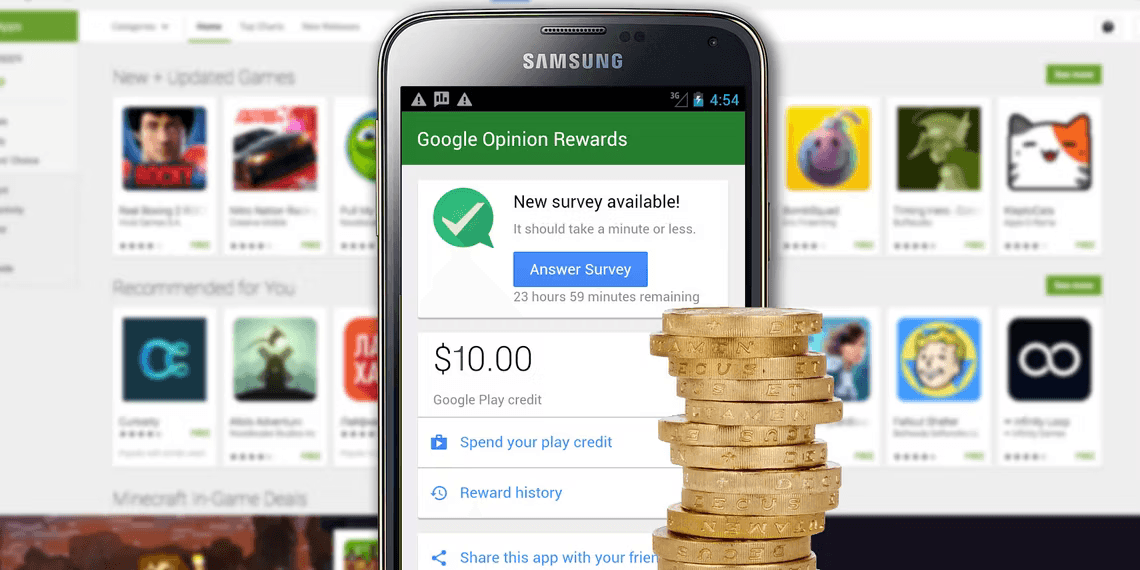The digital payments industry has experienced significant growth in recent years, and as technology advances, the landscape continues to evolve rapidly. With the rise of e-commerce, mobile banking, and blockchain technology, the way people make payments has shifted dramatically. In this article, we will explore the future of digital payments, focusing on emerging trends, innovations, and challenges that are shaping this dynamic industry.
1. Overview of Digital Payments
Digital payments refer to financial transactions that are carried out electronically using the internet, mobile devices, and various digital platforms. Over the past decade, digital payments have moved from being a niche service to becoming the norm in both developed and developing economies. The convenience, speed, and security offered by digital payment systems have driven their rapid adoption worldwide.
The COVID-19 pandemic accelerated this trend, with more people avoiding physical cash transactions in favor of contactless payments. However, the digital payments future holds much more than just contactless cards or online transactions. As the world moves towards a cashless society, the digital payments ecosystem is evolving with new technologies, regulations, and consumer demands.
2. Key Trends Shaping the Future of Digital Payments

The future of digital payments is being shaped by several key trends that will have a lasting impact on how people pay for goods and services. Here are some of the most notable trends:
2.1 Mobile Wallets and Super Apps
Mobile wallets such as Apple Pay, Google Pay, and Samsung Pay are becoming increasingly popular as consumers turn to their smartphones for more than just communication. In addition, super apps like WeChat and Alipay in China offer users an all-in-one platform for communication, shopping, and payments. These apps are expected to dominate the digital payments space due to their ability to provide seamless, integrated financial services.
2.2 Cryptocurrency and Blockchain Technology
Cryptocurrency has emerged as a transformative force in digital payments. Bitcoin, Ethereum, and other cryptocurrencies are increasingly accepted by businesses around the world. Blockchain technology, which underpins cryptocurrencies, ensures secure, decentralized transactions, reducing the need for traditional banks and payment intermediaries. In the future, blockchain-based payment systems could reduce costs and increase transaction speeds, reshaping global financial systems.
2.3 Biometric Payments
As security remains a top concern for consumers, biometric authentication is emerging as a secure and convenient way to authorize Technologies such as facial recognition, fingerprint scanning, and voice recognition are becoming mainstream. These methods reduce the risk of fraud and ensure that payments are secure while making the process easier for users.
2.4 Artificial Intelligence (AI) and Machine Learning (ML)
AI and ML are revolutionizing fraud detection and prevention in the industry. These technologies analyze patterns and behaviors to identify suspicious activities in real-time, preventing fraudulent transactions. Additionally, AI is being used to personalize customer experiences by providing tailored payment options and recommendations based on individual habits.
2.5 Regulatory Changes and Open Banking
Governments and regulators are actively shaping the digital payments future by introducing new frameworks to enhance security and innovation. Open Banking, which allows third-party developers to build applications around financial institutions, is a significant trend in many regions. This concept promotes competition, innovation, and customer choice by enabling fintech companies to offer enhanced payment services.
3. Challenges Facing the Future of Digital Payments
While digital payments continue to evolve, there are significant challenges that must be addressed to ensure the industry’s future success:
3.1 Security Concerns
Although are often more secure than traditional cash transactions, they remain vulnerable to cyberattacks, data breaches, and fraud. As digital payment systems become more complex, hackers find new ways to exploit vulnerabilities. Ensuring the security of payment platforms is a top priority for both businesses and regulators.
3.2 Privacy Issues
The collection of vast amounts of personal data by digital payment platforms has raised concerns about privacy. With increasing scrutiny on how companies handle user data, stricter regulations, such as the General Data Protection Regulation (GDPR) in Europe, are being introduced. Companies will need to ensure that they comply with these regulations to avoid penalties and maintain consumer trust.
3.3 Infrastructure Limitations in Developing Countries
While developed nations have robust infrastructure to support digital payments, many developing countries still lack the necessary infrastructure, such as reliable internet connectivity and banking systems. This digital divide can hinder the adoption of in certain regions, making it challenging to create a truly global ecosystem.
4. Future Innovations in Digital Payments
The future of digital payments is bright, with many exciting innovations on the horizon. These innovations will continue to transform the way we make payments and interact with financial services.
4.1 Central Bank Digital Currencies (CBDCs)
Central banks around the world are exploring the possibility of issuing their own digital currencies. CBDCs are government-backed digital currencies that operate similarly to cryptocurrencies but are regulated and controlled by central banks. Countries like China, Sweden, and the Bahamas are leading the way with CBDC pilot programs. These currencies could offer a more stable and secure alternative to traditional cryptocurrencies and may eventually replace physical cash altogether.
4.2 5G Technology and IoT Payments
The rollout of 5G technology is expected to have a significant impact on digital payments. With faster internet speeds and lower latency, 5G will enable seamless real-time payments, particularly in industries like transportation, logistics, and retail. In addition, the Internet of Things (IoT) will allow for payments to be made automatically between connected devices, such as cars, smart home appliances, and wearable tech.
4.3 Voice-Activated Payments
Voice-activated payments, where users can authorize transactions through voice commands, are set to become more prevalent as smart speakers and virtual assistants like Amazon’s Alexa and Google Assistant become more sophisticated. This form of payment offers users a convenient, hands-free way to make purchases and manage their finances.
5. Comparative Analysis of Traditional vs. Future Digital Payments
| Aspect | Traditional Digital Payments | Future Digital Payments |
|---|---|---|
| Payment Methods | Credit/Debit cards, Online transfers | Cryptocurrencies, Biometric payments |
| Security | Passwords, PINs | Biometric authentication, AI fraud detection |
| Transaction Speed | Moderate (1-3 days for bank transfers) | Instantaneous with blockchain and 5G |
| User Experience | Separate apps for different services | Super apps offering all-in-one services |
| Global Accessibility | Limited in developing regions | Expanding with 5G and mobile penetration |
6. Analysis of Key Future Payment Technologies
| Technology | Advantages | Challenges |
|---|---|---|
| Blockchain Payments | Secure, decentralized, reduces transaction fees | Regulatory uncertainty, scalability issues |
| Biometric Authentication | Secure, user-friendly, reduces fraud | Privacy concerns, technological limitations |
| AI and ML in Payments | Enhances fraud detection, personalizes experiences | Data privacy issues, algorithmic biases |
| 5G Technology | Enables faster payments, supports IoT payments | High implementation costs, infrastructure delays |
| Voice-Activated Payments | Hands-free convenience, integrates with smart devices | Security vulnerabilities, limited adoption |
7. Conclusion: The Path Forward for Digital Payments
The future of digital payments is incredibly promising, with technologies like blockchain, AI, and biometric authentication leading the way. As these technologies mature, digital payments will become even more secure, convenient, and accessible to a global audience. However, challenges such as cybersecurity threats, privacy concerns, and infrastructure limitations must be addressed to ensure a seamless transition into a digital-first financial ecosystem.
Looking ahead, we can expect further integration of digital payment systems into everyday life, enabling faster, more efficient transactions and shaping a world where cash is no longer the primary medium of exchange. Central bank digital currencies, voice-activated payments, and the continued rise of mobile wallets will play key roles in defining the next chapter in the evolution of digital payments.










